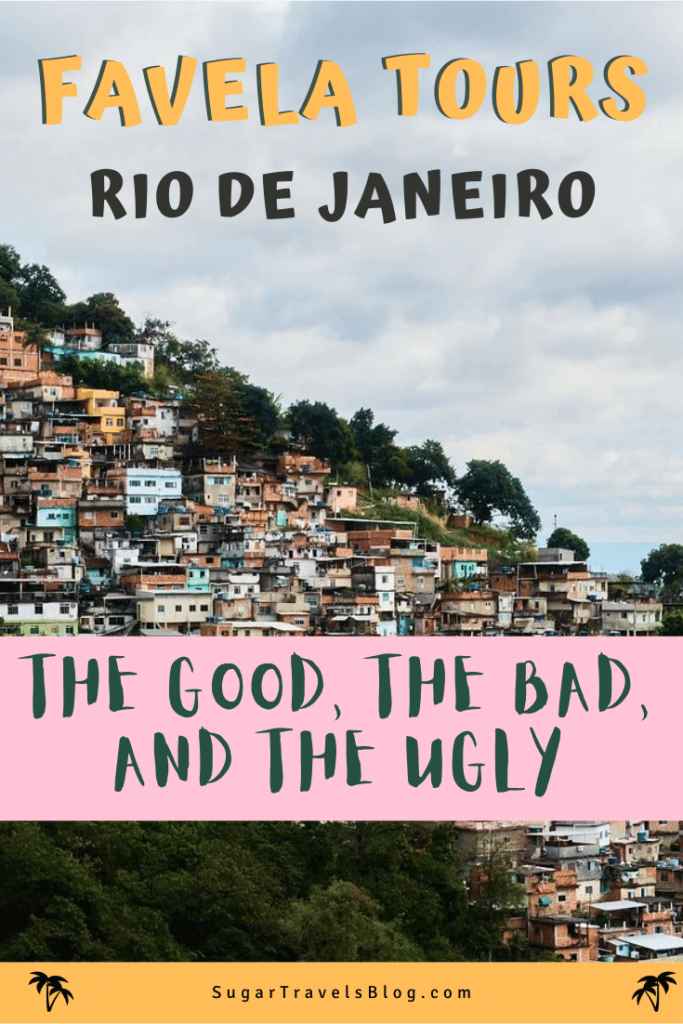Favela tours are one of the most popular yet controversial touristic activities in Rio. This post will try to introduce both sides of the polemic for those who wish to educate themselves about this issue and provide alternatives for those who wish to get to know the favela in a different manner.
I took the favela tour the first time I visited Rio in 2011. I knew a little bit about the favelas from watching Brazilian soap operas but nothing more. For me, it was just another activity on the list of things to do in Rio, just like visiting the Sugar Loaf and so, I didn’t think about it twice.
Today, I make the effort to educate myself before choosing to do different touristic activities that are related to the culture of the place, animals, or can have an environmental effect.
After coming back from my 3 months long trip to Brazil I decided to study Latin American Studies. I was trained as a Brazilianist and focused on films portraying the favelas. Throughout my academic career, I studied the favelas and visited the favela of Vidigal many times as part of my research about the NGO Nós do Morro.
When I studied for a semester in Rio I understood the fascination my friends and tourists I met had with the favela and their desire to take the favela tour. They had a lot of questions about what is the favela, what’s it like to live there, and wanted to see if it’s just like in the movies or shows they’ve seen.
After sharing some of the things I learned about the favela and about my visits there I always insisted on making people aware of the controversy regarding the topic of the favela tours. I never recommend to not take the tour but only want you to be able to make a calculated decision before you go there.
Here are a few things you need to know about the favelas of Rio and the whole debate regarding favela tours.
Favela tours are one of the most popular yet controversial touristic activities in Rio. This post will try to introduce both sides of the polemic for those who wish to educate themselves about this issue and provide alternatives for those who wish to get to know the favela in a different manner.
I took the favela tour the first time I visited Rio in 2011. I knew a little bit about the favelas from watching Brazilian soap operas but nothing more. For me, it was just another activity on the list of things to do in Rio, just like visiting the Sugar Loaf and so, I didn’t think about it twice.
Today, I make the effort to educate myself before choosing to do different touristic activities that are related to the culture of the place, animals, or can have an environmental effect.
After coming back from my 3 months long trip to Brazil I decided to study Latin American Studies. I was trained as a Brazilianist and focused on films portraying the favelas. Throughout my academic career, I studied the favelas and visited the favela of Vidigal many times as part of my research about the NGO Nós do Morro.
When I studied for a semester in Rio I understood the fascination my friends and tourists I met had with the favela and their desire to take the favela tour. They had a lot of questions about what is the favela, what’s it like to live there, and wanted to see if it’s just like in the movies or shows they’ve seen.
After sharing some of the things I learned about the favela and about my visits there I always insisted on making people aware of the controversy regarding the topic of the favela tours. I never recommend to not take the tour but only want you to be able to make a calculated decision before you go there.
Here are a few things you need to know about the favelas of Rio and the whole debate regarding favela tours.
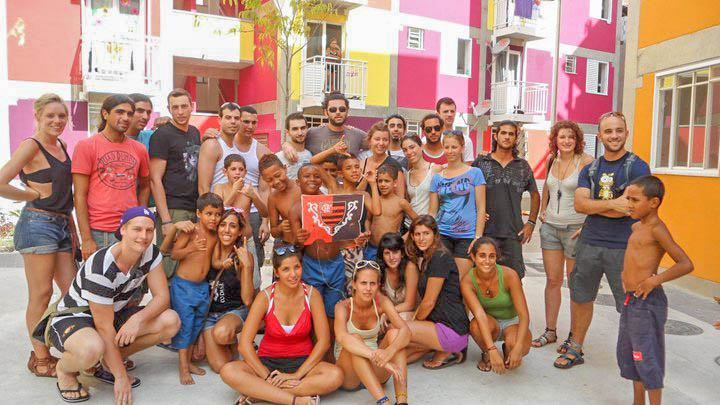
First, what is the favela?
The first favela was formed by the veterans of the Canudos war that settled in Morro de Providencia as a protest after they didn’t receive compensation for the war they fought. The origin of the name “favela” is supposedly the favela bush in Bahia (where the Canudos war took place). Today there are over 700 favelas in Rio de Janeiro.
From its initial stages, the favela fragmented the postcard image of Rio as a modern progressive city. Favela neighborhoods created the notion of the city as divided into two worlds: the morro– the favela and the asfalto– the “former city.”
The favelas were formally known as shantytowns or illegal settlements in which shacks and tin houses were gathered together and created an informal neighborhood. The favelas were seen as territories of poverty and for a long time, residents lived under the threat of forced removal (which still happens today).
Because the favela houses were built by residents themselves with communal work another word that is commonly used to describe the favela is Comunidade (community). When the drug trade entered Brazil during the 1980s the favela was seen as a dangerous territory that was controlled by drug gangs that were threatening the peace in the rest of the city.
Today, there is no one way to define the favela.
While the favela is still considered a place of poverty, today, the infrastructure has improved, tin houses are actual houses, some have pools and others even serve as Airbnb’s.
Today some favelas still suffer from the drug wars but in preparation, for the two mega-events Brazil hosted (the world cup in 2014 and Olympics in 2016) many favelas were pacified by the Pacification Police Unit (UPP).
Many criticized this pacification process as a 24/7 occupation of these territories all for the sake of presenting a modern and safe Rio to the millions of tourists that arrived during those years. After the games were over, there was a fear that the drug lords that went underground would come back and everything would be back to the way it was before. Today, 2 years have passed and this predicament still can fulfill itself.
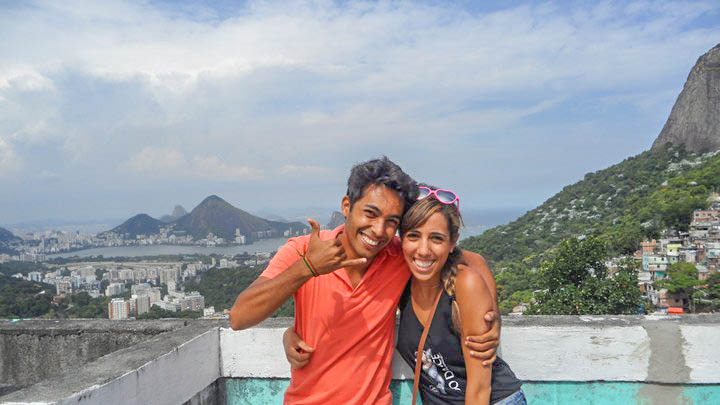
So, what about the favela tours?
Favela tours began around 2005 and usually take place in communities like Rocinha or Vidigal that are close to the touristic area, Zona Sul. Most favela tours will include transportation to Rocinha, the biggest favela in Brazil, and then walking around as a group with your guide.
Some guides are from the favela but many are outsiders. They will tell you about the favela and let you buy açai or a drink from the local bars. During the tour I took, we even met some kids as they were coming back from school and they started breakdancing and, of course, passing their hands to ask for money. That was almost a decade ago.
How did this fascination with the favela begin?
Well, according to researchers the film, City of God is the number 1 factor in creating and promoting favela tours. The film was a huge blockbuster but was also highly controversial because of its portrayal of a violent favela that is found in a constant war in which children and teenagers kill each other. The film was key in creating the association of the favela with Brazil in the minds of international audiences and tourists.
If in the past the main associations with Brazil were beautiful beaches, supermodels, and soccer, today the favela is added to those and even overshadowing them. When I lived in Brazil several tourists would ask me to take them to the favela because they want to see the danger. One even said: I want to see children with guns. Of course, these people were probably the best example for educated travelers, but there are many just like these.
The good, the bad, and the ugly
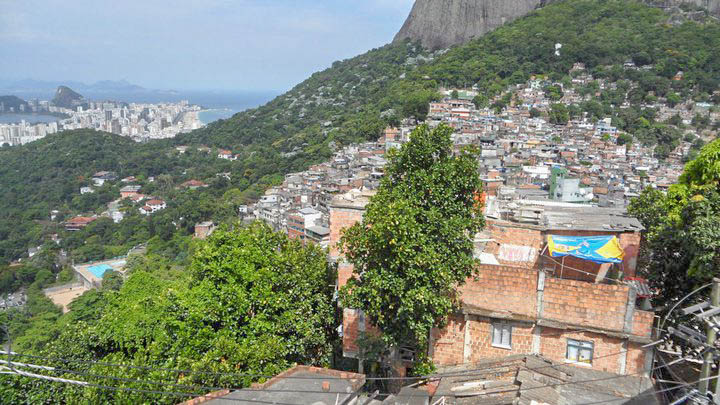
The question of favela tours was a source of controversy from the get-go. Think about it- tourism is usually associated with leisure and the favela is all about poverty. This dissonance made many people try and define favela tours in dichotomist terms as either bad or good. But as we all know nothing in life is black or white.
The tours caused moral outrage since they basically embodied our exoticization of the Other. The greatest criticism was against the tours that take place in jeeps and give the notion of a safari-like experience with the favela residents as wild animals. Here’s what the scholar and journalist, Ivana Bentes, had to say about these tours:
“The scene is common in Copacabana. A huge green jeep, crowded with tourists dressed as if they were going to an African safari, crosses Avenida Atlantica from the Copacabana Palace. The Jeep Tour takes people from all nationalities to see from ‘close,’ or from the top of the jeep this ‘natural habitat’of a poverty ironically incorporated into the tourist and folkloric image of Rio de Janeiro”
Another issue with the tours is that most times the revenues don’t go to the residents but to the guides and tourism companies that are not locals.
Finally, these tours normally create a false perception since many tourists tend to make the mistake of thinking they are visiting the City of God from the movie when in fact they are most likely visiting Rocinha which is much more colorful and close to the hotels of Zona Sul. The actual favela, Cidade de Deus (City of God), never managed to establish itself as a tourist site since it’s far from the touristic areas.
So, after all this criticism why should anyone take a favela tour? well, as I said there are two sides to every coin.
Since these tours began they brought more people to the favela and, as a result, it brought about economic development improved infrastructure and transportation in the few favelas visited by tourists.
Another important benefit of these tours is their social force. Touring the favelas makes us aware of these communities and creates first-hand encounters that can contradict what we see on TV and in films. The tours have the potential to promote transparency and accountability. The best example of this was in the period of the two mega-events Rio hosted. Different violations during this time were brought to the public’s attention because people outside the favela visited through the tours.
Now you know what both sides have to say about the issue but here are a few things I would like you to know.
The benefits of the tours have been limited since the vast majority of tourists are not Brazilians. So the encounter with the favela is mainly of international tourists that stay in Brazil for a short time so the potential for any social transformation is limited.
What do I think about favela tours?
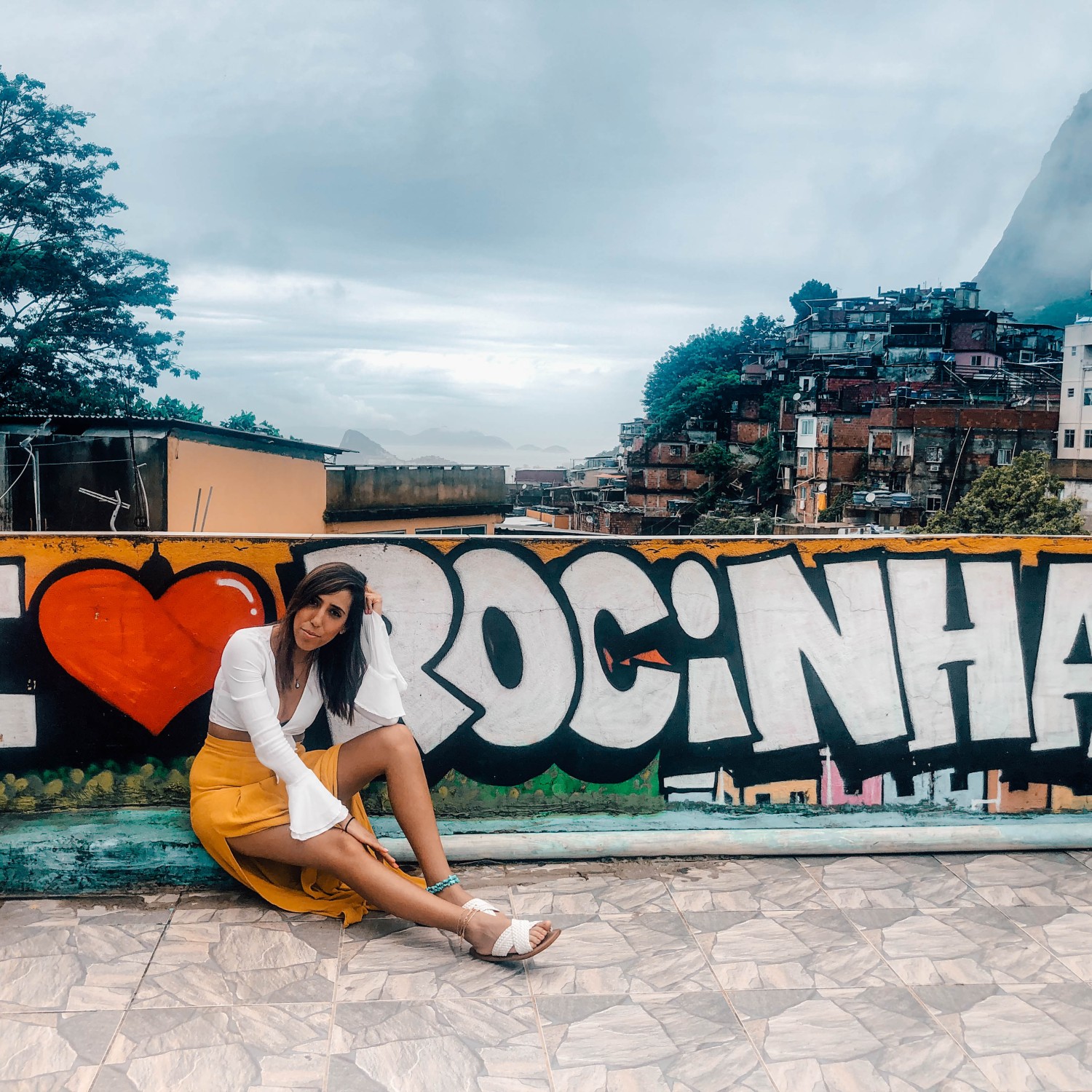
As I said I understand the fascination with the favela. After all, I did build my whole academic career around favelas, so I get that you would like to visit it.
The most crucial thing to know is that each favela is different than the others.
For me, the favela is another poor neighborhood with some crime (depends on the place and time) and just like I didn’t tour the dangerous poor areas of New Orleans for example (after being warned I shouldn’t even drive through there) I don’t feel the need to tour the favelas.
But! and that’s an important one, you should totally visit the favela! Just maybe not as a tour (and if you do take a tour try and make sure the guide is a favela resident). There are so many other ways!
The best way, in my opinion, is to visit the favela as part of your hike to Morro Dois Irmãos. The trailhead of this trek is at the favela of Vidigal (Rochinha’s neighbor) and once you reach the top you will have a stunning view of the colorful houses of the favela as well as parts of Rio. Read more about it here. On your way back you can just have lunch at one of the casual restaurants in Vidigal.
Today, several NGO’s that work in the favela welcome volunteers. Our group of exchange students even volunteered for one afternoon to paint some of the houses in the favela of Santa Teresa.
Another way that I’ve not tried is to stay in one of the Airbnb in the favela. My friend lived there for a couple of months and loved it. You can be sure you will get to know more about the favela by talking to your host than on any tour.
This post is a complicated one, I know. Please feel free to consult me with every question you have about this topic and about Brazil!
